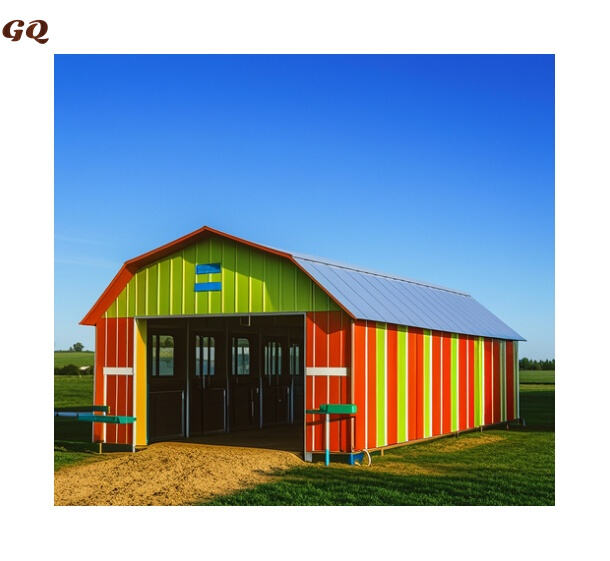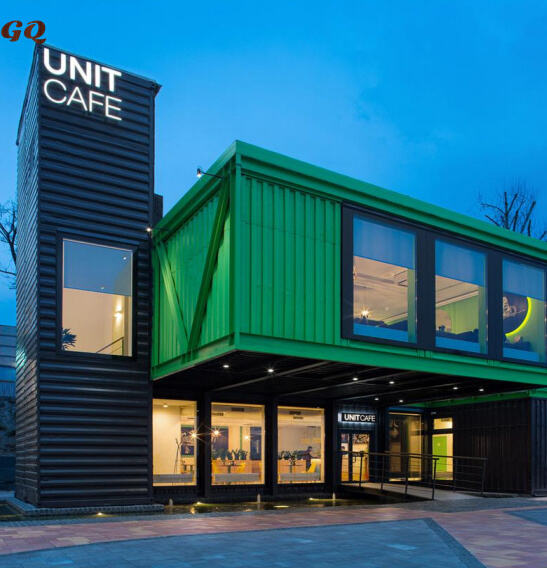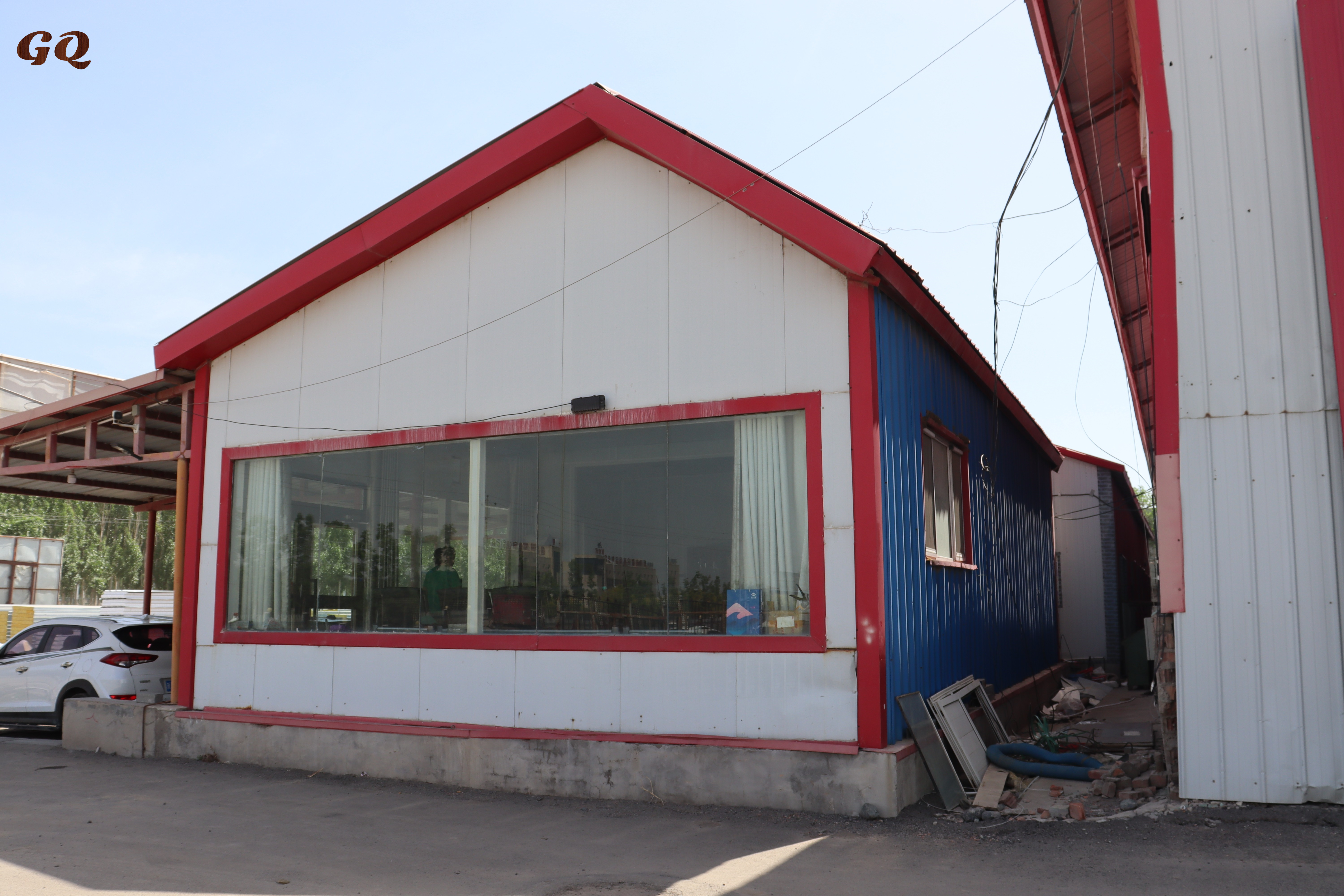Úvodní
balenékontejnerový důmTento článek vysvětluje obvyklý proces, který se při výstavbě těchto budov provádí, jakož i specifické nástroje a metody, které odborníci používají místo toho, aby si to sami udělali, spolu s opatřeními pro stabilní a bezpečný životní prostor.

původ a výhody kontejnerového domu
Začínáme jako lodní kontejnery, pak se vyvíjíme
Kontejnerové ubytování se stalo formou recyklace, protože lodní kontejnery se přeměnily z tranzitních na "kondominální".
Výhody pro kontejnerový dům
Kontejnerové domy mají řadu výhod, zejména vzhledem k jejich nákladové efektivitě a rychlé montáži, spolu s dlouhověkostí a přizpůsobitelností.
standardní montážní proces
instalace na místě a tovární předfabrikování
samotná konstrukce začíná předfabrikováním modulů, které jsou rozložené a dokončeny ve výrobním závodě. Moduly jsou poté odeslány na místo, a díky rychlému sestavení modulů do kompletního kontejnerového domu se značně zkrácuje doba výstavby ve srovnání s tradičními
izolace a tepelný komfort
výběr izolačních materiálů
důležité správné izolace při zvážení tepelného komfortu a energetické účinnosti.
hodnota r: odolnost proti tepelnému toku
Vlastnosti materiálu: zahrnují, ale nejsou omezeny na fyzikální vlastnosti, jako je hmotnost, odolnost vůči vlhkosti a udržitelnost.
dopad na životní komfort
Izolace je jedním z nejdůležitějších prvků, které se používají k udržení teploty v interiéru a snižování spotřeby energie.
hodnocení strukturální stability
zaznamenávání extrémních povětrnostních podmínek
je nezbytné posoudit seismickou odolnost kontejnerových domů v extrémních počasích.
silný vítr: střecha a stěny by měly být schopny odolat silným větrům
dešť: vyvinout účinné techniky pro vypouštění vody a zabránit úniku z deště.
křehkost a odolnost vůči zemětřesení
Kontejnerové domy musí být postaveny a navrženy s ohledem na seismickou aktivitu a další přírodní katastrofy.
Základ: podstavce, která chrání stavbu proti zemětřesení.
připojení: navržení připojení modulů a doplňkových konstrukcí tak, aby odolaly bočnímu tlaku.
dodržování právních a regulačních předpisů
prohledávání politické krajiny
Pokud chcete začít projekt kontejnerového domu, ujistěte se, že jste si dobře vědomi zákonů a dalších potřeb, než začnete na palubě.
personalizovaný a inovativní design
umění designu: inovativní uspořádání, architektonický výraz
Kontejnerové domy jsou ztělesněním modulárnosti, takže nabízejí velkou možnost využít vaši představivost a vymyslet nové způsoby stavby.
kontejnerové sklady: modulární domy s více podlažími.
Shromáždit krabice: spojit několik krabic dohromady, aby vznikly obrovské obytné prostory.
individuální potřeby přizpůsobení
Žádný kontejnerový dům se necítí kompletní bez nějakého přizpůsobení.
interiérový design: vytváření jedinečných povrchových úprav a zařízení v interiéru
fasáda: pokud je vnější část pokryta jinými materiály a barvami vlněné izolace.
udržitelné a ekologicky šetrné vlastnosti
přidání obnovitelných zdrojů energie
Kontejnerové domy mohou také obsahovat zelené střechy, solární panely a systémy sběru dešťové vody, které pomáhají snížit jejich ekologickou stopu.
volba zelených stavebních materiálů od začátku
Výběr ekologicky šetrných materiálů s nízkým rizikem pro životní prostředí a vysokým obsahem recyklovaných materiálů podporuje udržitelnost kontejnerových domů.
případové studie
kontejnerový důmprojektyUděláno správně
Když se podíváte na vzorek úspěšných projektů kontejnerových domů, dozvíte se o implementaci návrhových nápadů a konstrukčních metodik, stejně jako o různých materiálech.
od návrhu až po realizaci
Případové studie jsou proces od návrhu až po dokončení domu, s bolestivými body a momenty triumfu.

závěr
proces montáže baleného kontejnerového domu je složitá, ale vysoce efektivní operace, která může být provedena pouze s akutní přesností, kvalifikovanými dělníky a nasazením specializovaných nástrojů a metodik. inženýři a stavitelé plánují design, použitý materiál, stabilitu a pohodlí těchto budov

 EN
EN







































 online
online